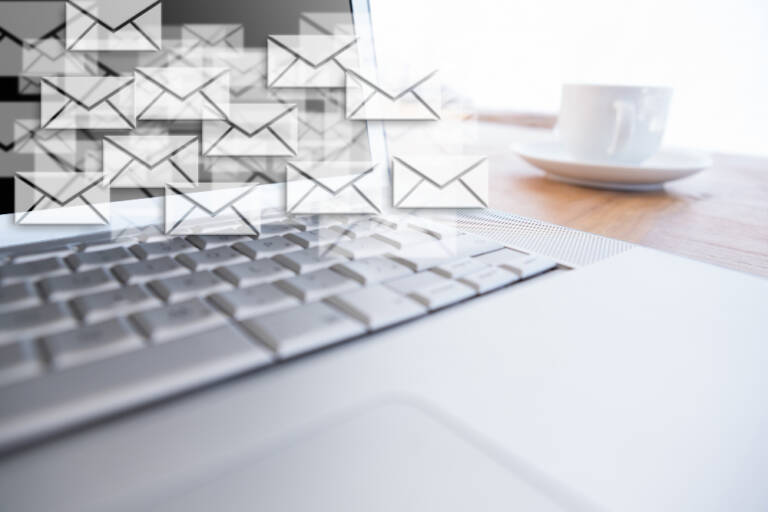SPAM & Phishing via email
Nowadays, e-mail is one of the most popular and convenient ways to communicate and exchange information. However, with the development of the Internet and the spread of e-mail, a new problem has appeared – spam and phishing.
SPAM is unsolicited email that comes to the user’s email without his consent. SPAM can contain various kinds of ads, requests for donations, fraudulent offers and other unwanted messages. SPAM can cause a load on the mailbox and make it difficult to receive important correspondence.
Phishing is a type of fraud where an attacker poses as a trusted person or organization, and asks the user for confidential information such as usernames, passwords, bank card information, and other personal details. Phishing emails can look very realistic, and many users fall for the tricks of the scammers by providing them with their personal information.

How do I protect myself from SPAM and phishing?
There are several ways to protect yourself from unwanted messages and email scams:
- Using anti-virus and anti-spam software. There are many anti-virus and anti-spam programs that can help protect your email from SPAM and phishing attacks. They can block unwanted messages as well as detect and block phishing attempts.
- Do not reply to unwanted messages. If you receive an unwanted message, it is best not to reply to it or click on links in it, as this can lead to more SPAM and phishing emails.
- Be careful when opening attachments. Malware can hide in attachments in emails. It’s best not to open attachments unless you expect to receive them or the sender is familiar to you.
- Check the sender’s address. Scammers can use fake sender addresses to make themselves look more believable. Check the sender’s address and, if you don’t know the sender, be careful when opening the message.
- Do not provide sensitive information. Never provide personal information, such as logins, passwords and credit card numbers, via email. Legitimate organizations will never ask for such information via email.
- Keep your software up-to-date. Make sure your software, including your operating system and browser, is always updated to the latest version to protect yourself from known vulnerabilities that can be exploited by attackers to attack your computer.
- Educate yourself and your employees. Educating and training your employees on email security is an important step to protect your company from SPAM and phishing attacks.
In conclusion, SPAM and phishing attacks are a serious problem in the email industry. However, with the right security measures, you can make sure that your emails are protected from unwanted messages and scams. Follow the protection guidelines and be careful and cautious when handling emails.


